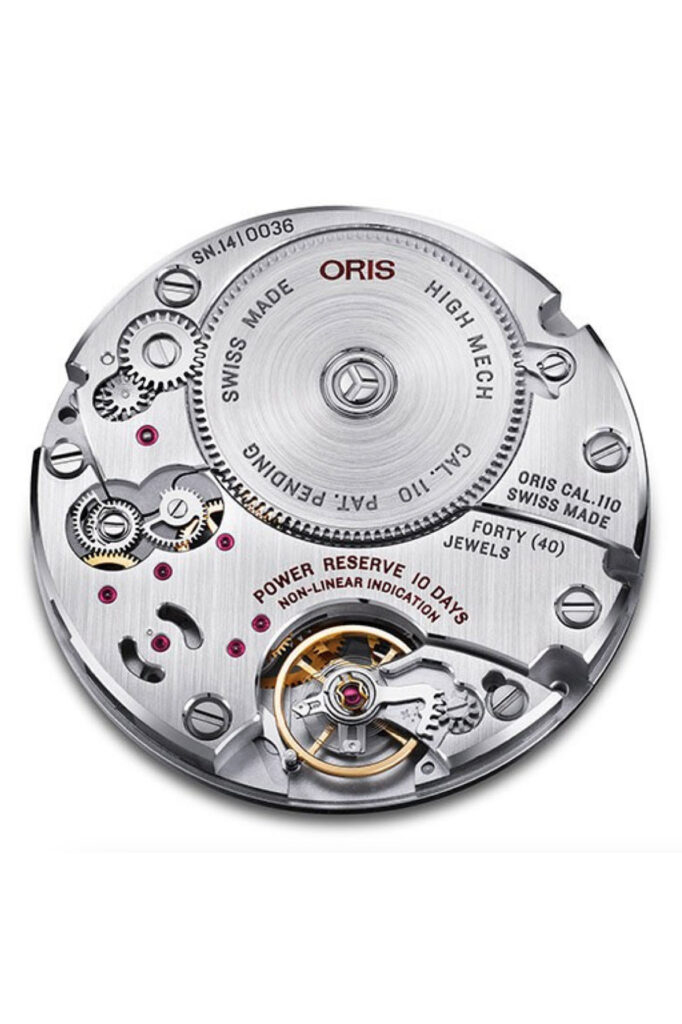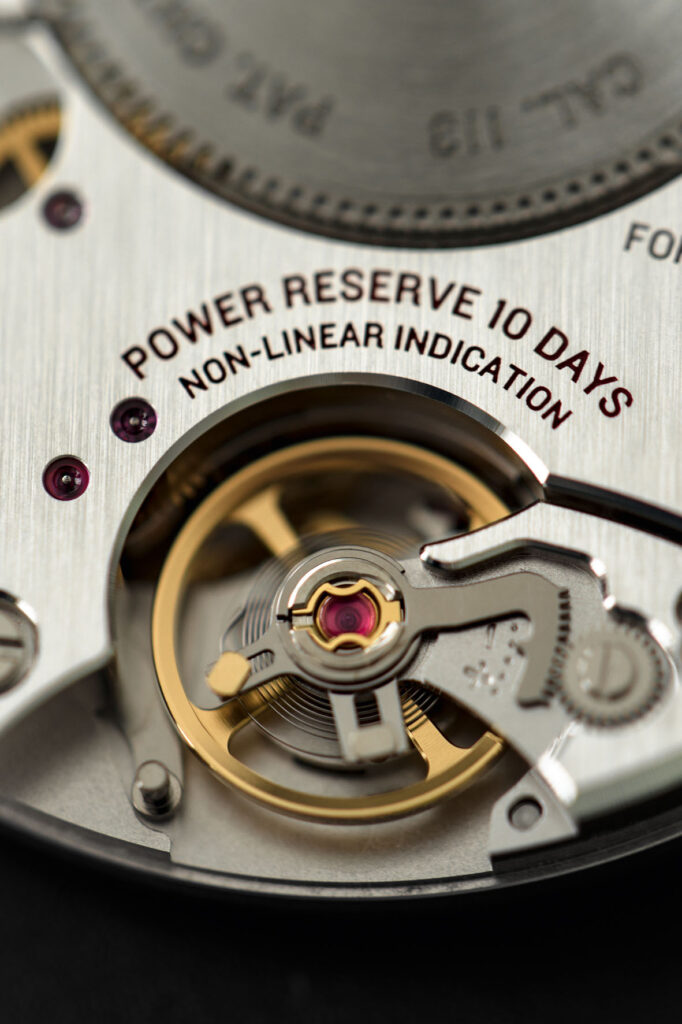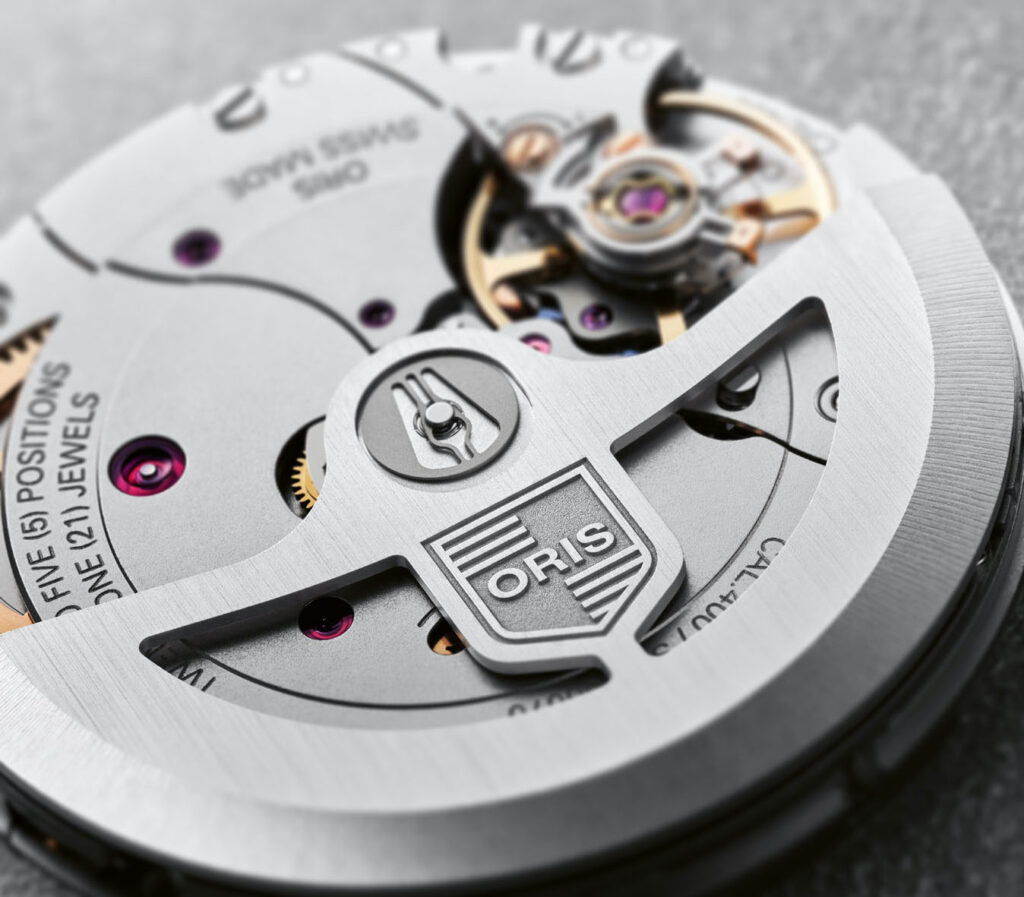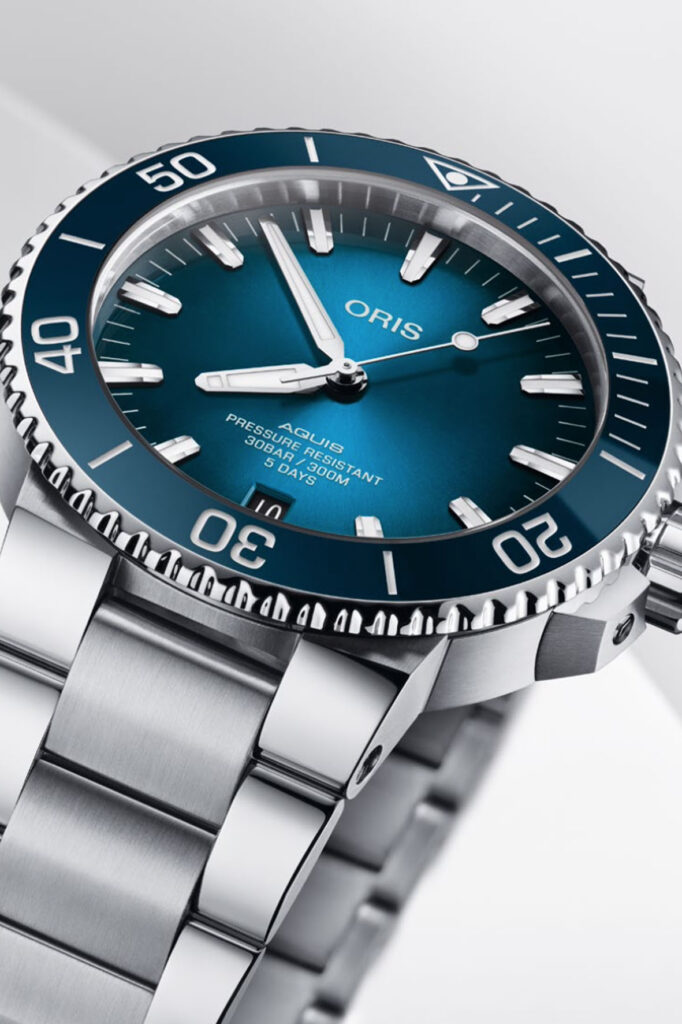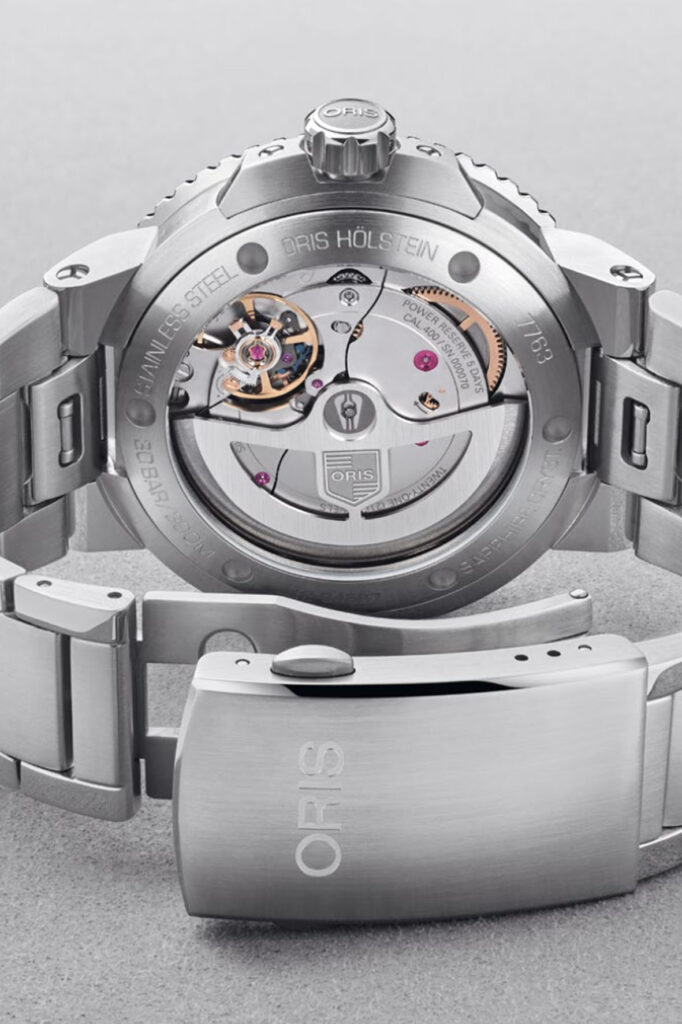ORIS: Real watches for real people
11 March 2022I will struggle not to be too enthusiastic in this article because Oris is one of my favourite watch brands of all time. The reasons are many. Apart from the aesthetic, which is always rather original and recognisable – and this is an enormous merit in a world in which everyone tries to refer to technical Rolexes or, more recently, to the legendary creatures born from Gerald Genta’s magical pen – it is the strategic consistency of the brand as a whole which makes me a super fan of the Hölstein house. Moreover, among the brands with a non-exorbitant price list, it has long been one of the most dynamic and credible names in international mechanical watchmaking, thanks to highly reliable technical solutions and aesthetically harmonious lines. It can also count on a truly complete catalogue of seven different collections, ranging from more or less professional and “stylish” dive watches to pilot’s watches, which it has been making since 1910, and the classic retrospective lines of the “Artelier” and “Rectangular” collections.
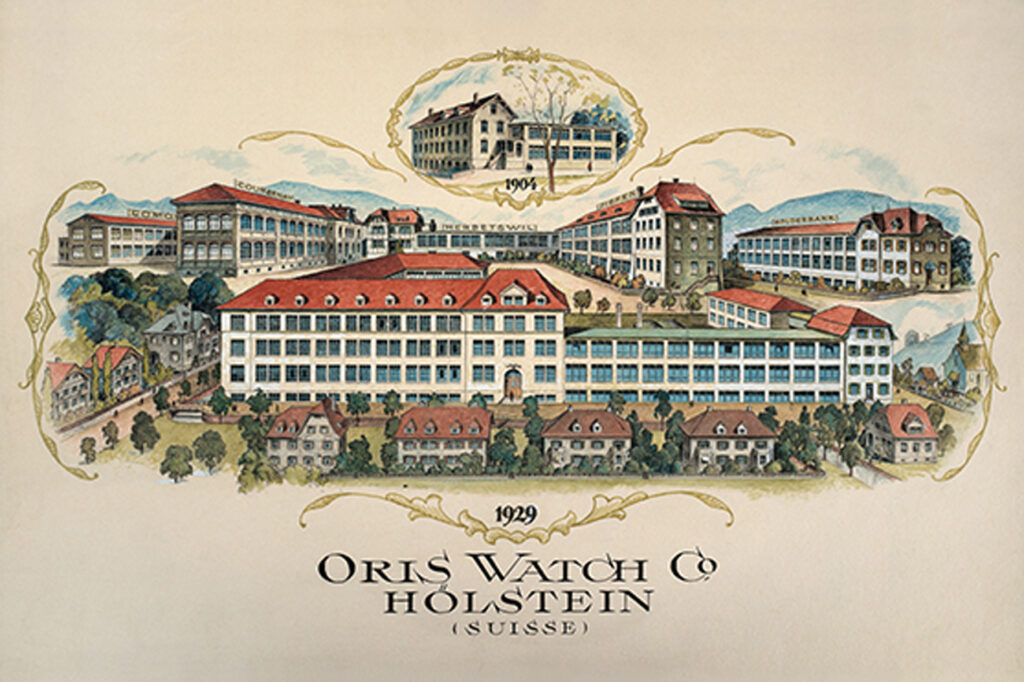
ORIS HISTORY FROM 1904 TO 1971: OSCA HERZOG’S REIGN
I was talking about brand consistency: it’s a question of genetics coming directly from the imprinting of the two founders. Watchmakers Paul Cattin and Georges Christian, who in 1904 chose that small town in the Swiss Jura mountains and bought the recently closed Lohner & Co. watch factory to set up their own factory and make the best quality watches at the lowest possible price. They named it Oris, after a nearby stream.
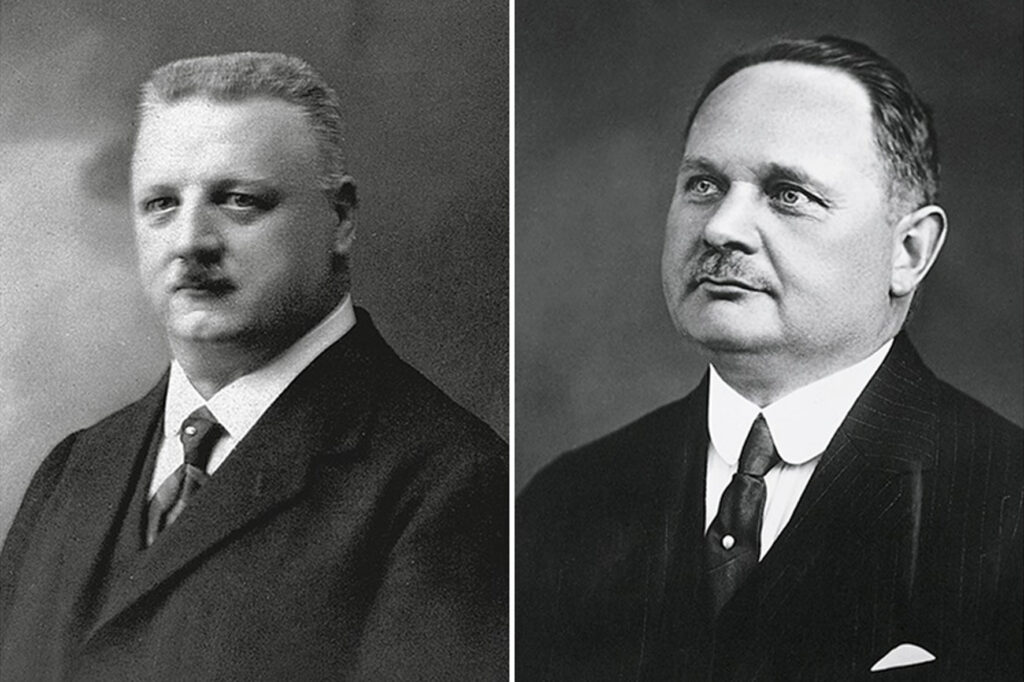
Their strategy, deeply ethical, is immediately successful. In 1910, Paul Cattin and Georges Christian, with 300 employees, are the largest local employers. Twenty years later they had six factories in addition to the original one, including one in Italy, in Como. The founders had a concept of welfare that is still utopia for many companies today: for example, they built housing for employees, organised ad hoc bus transport lines for them, and guaranteed equal work opportunities for both men and women. When Georges Christian dies in 1927, his brother-in-law Oscar Herzog takes over as general manager of the company, a position he holds for 43 years until 1971. When he left, Oris was among the ten largest watch companies in the world, with 800 employees and an annual production of 1.2 million watches.
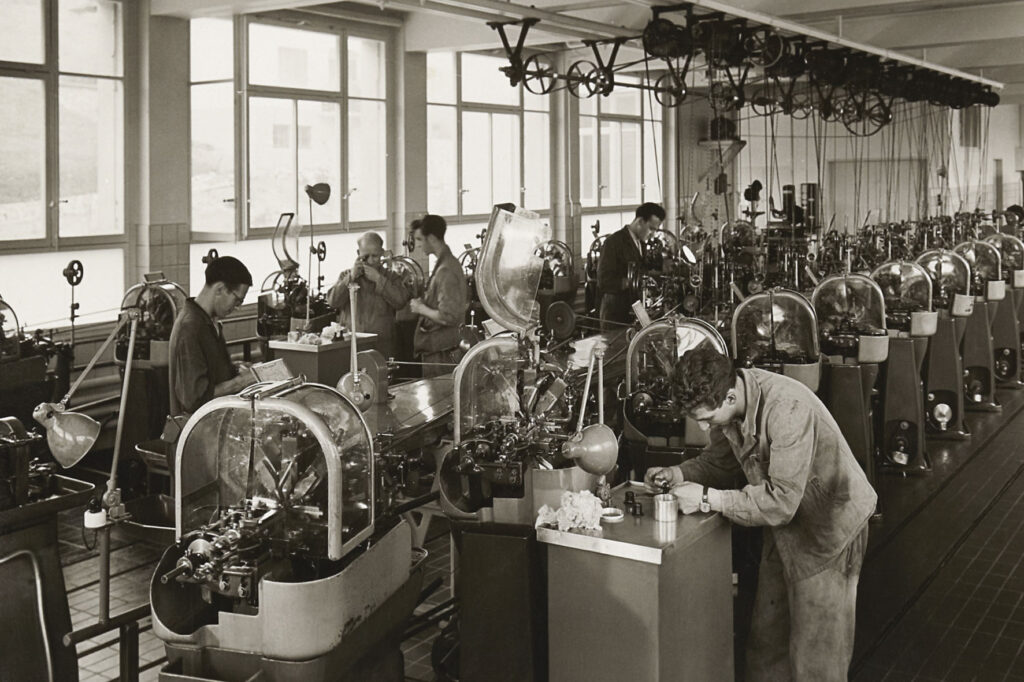
AN ARRANGED MARRIAGE THAT SHOULDN’T HAVE BEEN, AND REGAINING THE FREEDOM OF INDEPENDENCE
In 1970 and until the early 1980s, Oris became part of Asuag, which later grew into the Swatch Group. For various reasons – above all the genetics of the brand and the general situation of the watchmaking industry with the advent of quartz – it was a disastrous move that, in the following decade, saw an almost total downsizing of the company, with the workforce reduced from almost a thousand to just a few dozen. The turning point came in 1982 when Ulrich Herzog, Oscar’s son and executive chairman to this day, and Rolf Portmann, who had been with the company since 1956 and is now honorary chairman, reacquired Oris with the intention of restoring the founders’ ancient DNA. In fact, their first move was to abandon quartz definitively and return to producing exclusively mechanical watches.
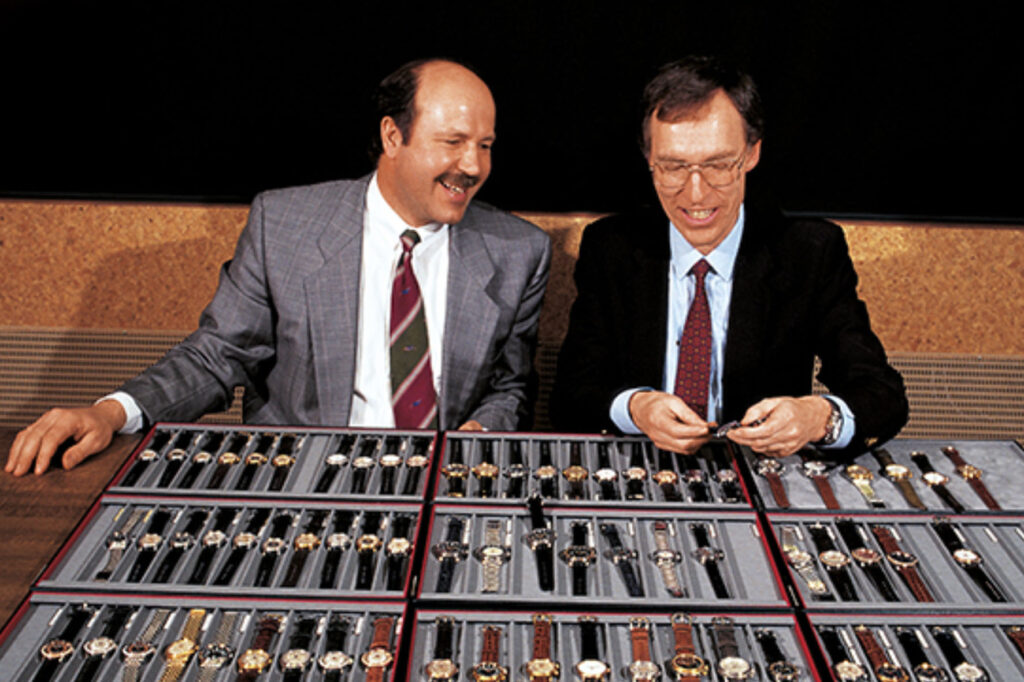
Since then, the rebirth, linked to the recovery of total independence, has been constant, with renewed focus on making the best quality watches at the lowest possible price. All this, of course, starting with the movements. That’s what Oris always got us used to. With 229 manufacture calibres produced up to 1981 and, subsequently, the design of a series of avant-garde modules based on ETA and Sellita up to 2013: one thinks above all of the mechanical alarm module: Cal. 418; the first regulator: Cal. 649; the first pointer day: Cal. 645; the worldtimer (based on ETA 2836-2): Cal. 690; up to the Pointer Moon capable of illustrating the lunar cycle and the tide range: Cal. 761.
ACCELERATING ON TOTALLY MANUFACTURED GAUGES, AND A PERFECT ADVERTISING SLOGAN
In 2014, to celebrate its 110th anniversary, Oris presented the new Cal. 110, the first hand-wound mechanical movement developed entirely in house since the 1980s, representing the marriage of two complications never seen together before: a 10-day power reserve and a patented non-linear power reserve indicator – each movement being assembled by hand.
But as a man of communication, I’m also very fond of the Oris slogan they launched in 2010 and which, in my opinion, ranks as the most successful of all those in contemporary watchmaking along with the two from Patek Philippe’s “Generations” advertising campaign (and created by London agency Leagas Delaney), with the very famous slogans “Begin your own tradition” and “You never actually own a Patek Philippe, you merely look after if for the next generation.” Oris’ corporate slogan, in its target market, is no less than that: “Real watches for real people.”
AS FOR TODAY: THE BAR IS EVEN HIGHER
In 2020, Oris surprised enthusiasts around the world with the presentation of a new super-performance automatic manufacture movement: the Calibre 400. Chronometric accuracy (i.e. within the COSC tolerances of -3/+5 seconds per day), a power reserve of 5 days (120 hours), highly antimagnetic (thanks to the use of silicon for the escapement, anchor and escape wheel and other non-ferrous materials for the axes that hold the balance, escape wheel and anchor), with recommended maintenance intervals of every 10 years, and a 10-year warranty (by registering with MyOris).
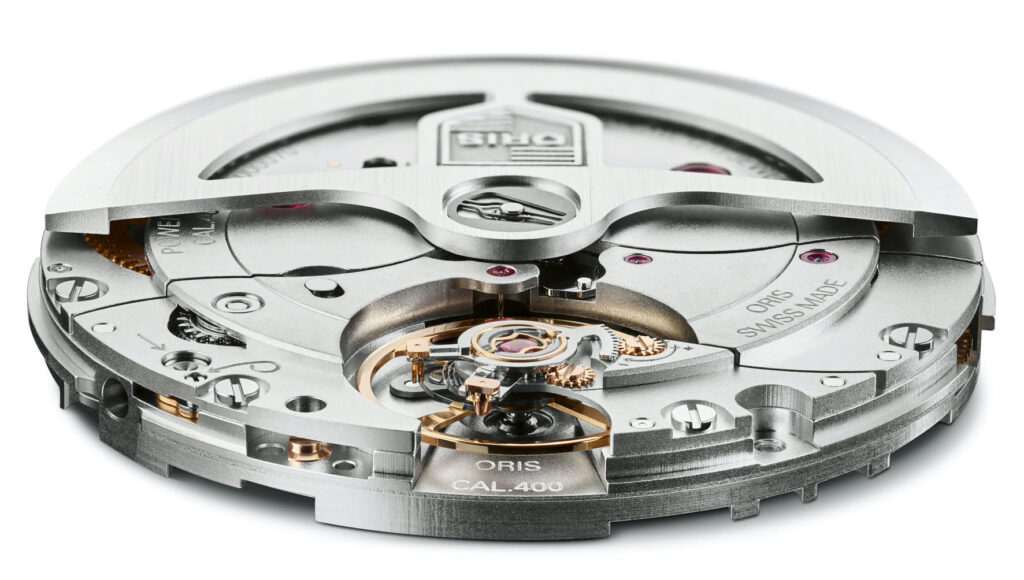
Probably the most important innovation in this calibre is the new design of the wheels in the gear train which improves the overall efficiency – to be clear, the Cal. 400 uses 85% of the energy coming from the mainspring, while the traditional calibres use about 70% – together with the rotor slide (instead of the classic ball bearing) which, by winding in one direction, reduces wear.
Calibre 400 is the beating heart of probably the most iconic Oris watch today, the Aquis Date, presented at first only in the 43.50 mm case diameter version and, more recently, in the resized 41.50 mm case as well. There are three dials: black, blue and green, all shaded. While the choice of bracelets is reduced to two: steel or rubber. In both cases the ingenious patented solution of the “Quick Strap Change” system is available, allowing for rapid replacement without the aid of tools. The last gem is the adjustable folding clasp, one of the most interesting (and beautiful) on the market. The price is 3,000 euros (2,900 for the rubber strap version). Among the best money spent on a mechanical watch today, at least among “real watches for real people.”
By Michele Mengoli

